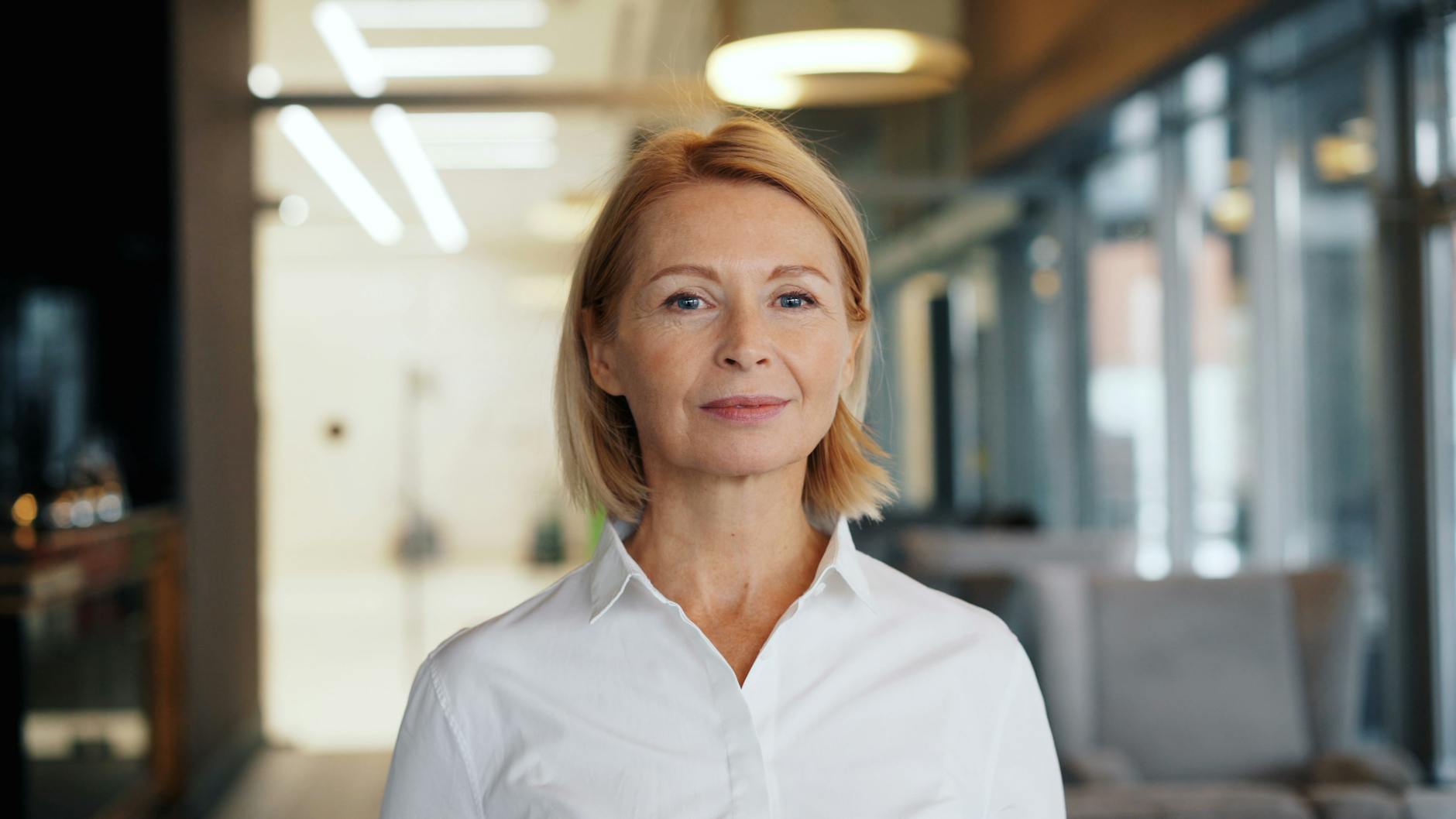3 Facial Features That Often Age First, and How to Refresh Them
There’s no stopping the aging clock, but sometimes it shows up sooner than expected. One day, everything feels the same. Then, slowly, subtle changes begin to appear. The skin loses some bounce. The eyes look tired, even after rest. A faint crease becomes more visible.
And while this is completely natural, the way it affects facial features can feel deeply personal. Even the most confident people feel off when their reflection doesn’t match how they feel inside. But it doesn’t have to feel discouraging. The good news is that whether you’re in Omaha or anywhere else, there are effective ways to refresh the features that age first.
Curious? Good. Let’s take a look at three areas where aging tends to show up early and how to care for them gently.
The Eye Area
The eyes age early. That’s no surprise. The skin here is the thinnest on the face. It moves constantly when you blink, smile, or squint. Over time, that movement breaks down the skin’s structure. Add in sun exposure, screen time, and stress, and the result is puffiness, droopy lids, fine lines, and dark circles.
How to Refresh It
If you’re only seeing mild signs, start with the basics. Eye creams with ingredients like peptides, caffeine, and vitamin C can help reduce puffiness and brighten the area. Get good sleep, stay hydrated, and use cooling treatments like chilled eye masks. Also, wear sunglasses. It prevents extra squinting and protects the skin from sun damage.
However, if you’re dealing with more visible and persistent signs like excessive wrinkles or deeper under-eye bags, it’s best to consider clinical options. One of the most effective is eyelid surgery in Omaha, or in a trusted health-focused city near you. Known as blepharoplasty, this procedure removes or repositions excess skin and the fat around the orbital area.
This helps restore a naturally refreshed and more alert appearance. Remember, though, since the eyes are such a central part of how you express yourselves, it’s important to find a board-certified and experienced specialist. They often have the skills and techniques needed to make sure the results are safe, subtle, and balanced. Many now offer online contact options, which can be a low-pressure first step to learn more.
The Forehead and Brow
The forehead is one of the most expressive parts of the face. Every raised brow, every squint, every look of concern leaves a mark eventually. Over time, the skin starts to crease, and the brow may begin to lower. This often gives the upper face a tired or tense look, even when you’re feeling fine.
How to Refresh It
Begin with skincare. A lightweight retinol can help reduce fine lines over time. Pair it with a solid moisturizer and daily sunscreen to protect against deeper damage. Sun exposure, especially without protection, is one of the most common reasons lines show up earlier than expected.
Brow grooming can also go a long way. Shaping or tinting your brows gives them structure, which naturally lifts the face. It’s a small change that makes a big impact.
For deeper creases or drooping, wrinkle relaxers like Botox are an option. But they should be approached carefully and only with providers who understand subtlety. You still want to look like yourself, just a little more at ease.
Skin Texture and Tone
This is one of the most overlooked early signs of aging. As collagen production slows down, skin becomes thinner, rougher, and more uneven. Sun exposure, lack of hydration, and environmental stressors all speed this up. What once looked glowing might now appear dull, patchy, or rough to the touch.
How to Refresh It
Build a skincare routine around three basics: exfoliate, hydrate, and protect. Implement a mild chemical exfoliant that can be used once or twice a week to slough off dead cells and keep the skin smooth. Moisturizers with hyaluronic acid help lock in hydration and give skin a plumper, softer look. Essential, without fail, every day.
For deeper changes, in-office treatments can go a step further. Microneedling, light chemical peels, or dermaplaning stimulate new skin growth and even out tone. These treatments are especially helpful for anyone noticing uneven texture or sun damage that doesn’t improve with home care.
And don’t forget hydration from the inside. Drinking enough water and eating antioxidant-rich foods can support your skin long-term.
Wrapping Up
Aging may be out of your hands, but how you approach it isn’t. Whether it’s through gentle skincare, mindful habits, or clinical options, the goal isn’t to look different. It’s to feel aligned with how you see yourself. If something is bothering you, even subtly, don’t ignore it. Explore your options. Start small. Talk to someone you trust. You deserve to feel confident in your skin, at every age.


Leave a Reply
You must be logged in to post a comment.